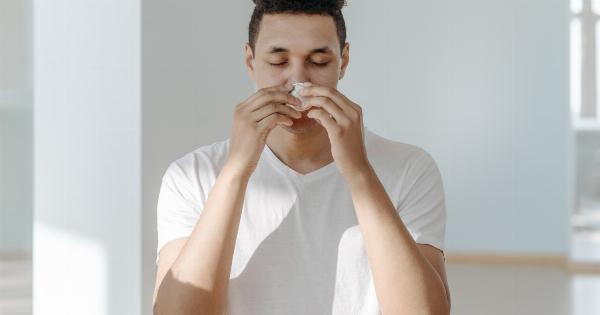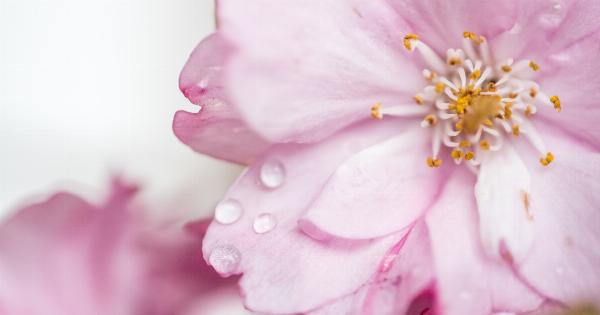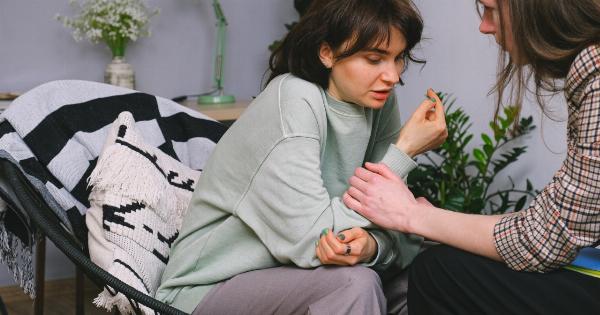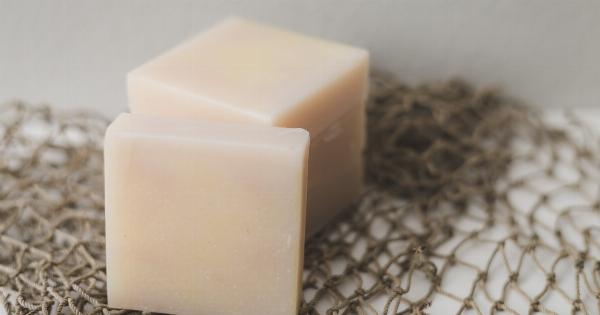Autumn is often a beautiful season with changing leaves, cooler temperatures, and pumpkin spice-scented everything. However, for many people, it is also a season of allergies.
From ragweed to mold, there are many triggers that can cause people to sneeze, itch, and feel miserable. In this guide, we will cover the most common autumn allergies and how to deal with them.
Ragweed Allergies
Ragweed is a common weed found throughout North America. It typically blooms from August until early fall and produces large amounts of pollen that can trigger allergies in many people.
Ragweed allergies can cause symptoms such as sneezing, runny nose, itchy eyes, and throat irritation.
To deal with ragweed allergies, you can try over-the-counter medications such as antihistamines and decongestants. Nasal sprays can also help relieve symptoms.
It’s also important to avoid spending time outdoors during peak pollen times, typically in the early morning and late afternoon. Be sure to keep windows and doors closed, especially during windy days, to prevent pollen from getting inside your home. Keep air conditioning units clean and replace the filters regularly.
Finally, take a shower and wash your clothes after spending time outdoors to remove any pollen that may be on your body or clothing.
Mold Allergies
Mold is a fungus that can grow both indoors and outdoors. It thrives in damp, humid environments and can cause allergies in some people. Mold allergies can cause symptoms such as sneezing, congestion, runny nose, and itchy eyes.
To deal with mold allergies, it’s important to keep your home dry and well-ventilated. Use a dehumidifier to reduce moisture levels in your home. Fix any leaks or water damage promptly.
Avoid leaving wet clothes or towels sitting around, and be sure to dry out any damp areas in your home. Regularly clean bathroom and kitchen areas where moisture tends to accumulate. Use an air purifier to remove mold spores from the air.
If you must spend time outdoors during peak mold season, wear a mask and take a shower and change your clothes afterward to remove any mold spores from your body.
Dust Mite Allergies
Dust mites are microscopic insects that live in bedding, carpeting, and upholstery. They feed on dead skin cells and can cause allergies in some people. Dust mite allergies can cause symptoms such as sneezing, runny nose, itchy eyes, and skin irritation.
To deal with dust mite allergies, it’s important to keep your home clean and dust-free. Wash bedding and curtains regularly in hot water to kill dust mites. Use dust-proof covers on your pillows and mattresses.
Vacuum regularly, using a vacuum with a HEPA filter to trap dust and allergens. Replace carpeting with hard flooring if possible or use low-pile carpeting. Keep clutter to a minimum to reduce dust accumulation.
Finally, keep your pets out of your bedroom and off of furniture as their dander can also contribute to dust mite allergies.
Pollen Food Syndrome
Pollen food syndrome is a condition that affects some people who have pollen allergies. The proteins found in certain fruits, vegetables, and nuts can trigger a reaction in these individuals due to their similarity to pollen proteins.
Symptoms include itching or tingling of the mouth, throat, or lips, as well as swelling of the lips, tongue, or throat.
To deal with pollen food syndrome, it’s important to identify which foods trigger your symptoms. Some common triggers include apples, carrots, celery, honeydew, and almonds.
Avoiding these foods or cooking them thoroughly can help reduce your symptoms. You can also try taking an antihistamine before eating trigger foods or rinsing your mouth out with water after eating.
Hay Fever
Hay fever, also known as allergic rhinitis, is a condition that occurs when your immune system overreacts to allergens such as pollen, dust mites, or animal dander. Symptoms include runny nose, sneezing, congestion, and itchy or watery eyes.
To deal with hay fever, it’s important to avoid allergens as much as possible. Keep windows and doors closed during peak pollen times and use air conditioning with a HEPA filter to keep the air inside your home clean.
Avoid going outside on windy days or after it rains when pollen counts are high. Use over-the-counter antihistamines or decongestants to relieve symptoms as needed. Nasal sprays can also help relieve congestion and other symptoms. If your symptoms are severe, talk to your doctor about prescription medications or allergy shots.
Conclusion
Autumn allergies can be a frustrating and miserable experience for many. However, by following these tips and taking steps to avoid allergens, you can reduce your symptoms and enjoy the season.
If your symptoms are severe or persist despite these measures, be sure to talk to your doctor about other treatment options.




























